
The phrase “superhero fatigue” is a phrase now deeply embedded in popular discourse, often signaling a longing for renewed cinematic creativity. While many hope audiences are tiring of the genre’s ubiquity, two decades of profound cultural infiltration make such an exit seem like wishful thinking. Comic book movies, led by Marvel, have fundamentally reshaped our entertainment landscape.
This era of “omnipresent moreness” defines what spectacle means for countless viewers, with a constant churn of films, TV series, and complex crossovers. The genre’s sheer scale has become the definitive benchmark, as “the juggernaut won.” However, its victory now tastes bittersweet, marked by a growing weariness.
A tangible sense of superhero fatigue has emerged, particularly post-MCU launch. Recent box office figures, like “Ant-Man and the Wasp: Quantumania’s” rapid decline and the underwhelming “Shazam! Fury of the Gods” and “The Flash,” offer clear evidence. Even critics, whose opinions once diverged from popular sentiment, now largely echo audience weariness. This widespread exhaustion reveals many once-novel tropes are failing to connect, leaving viewers feeling they’ve “seen it all.”
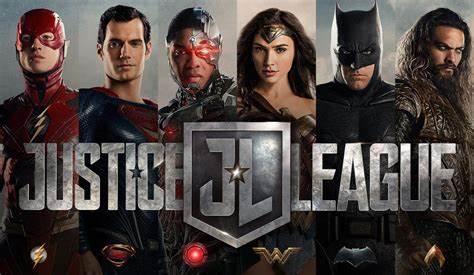
1. **Criticism of Repetition, Criticism of Re-invention**At the heart of superhero fatigue lies the genre’s reliance on repetitive formulas and its struggles with genuine reinvention. Audiences recognize the “Marvel formula”: quippy dialogue, city-leveling third-act battles, and post-credit teases. This predictable structure now saturates the genre, making tropes like the “big blue sky beam above a crumbling city” utterly stale. Even ambitious projects like “Eternals” often “buckle under the weight of the Disney template,” unable to fully embrace creative risks.
Conversely, attempts at innovation frequently face backlash. DC’s darker tone in “Man of Steel” met resistance, leading to inconsistent pivots. Efforts to mimic Marvel’s lighter style, seen in “Justice League’s” “off-putting tonal cocktail” and subsequent films, also struggled. Studio interference and actor controversies further complicated these projects, hindering a consistent identity.
This constant push-and-pull between comfortable formulas and inconsistent reinventions creates frustration. Creative ideas are diluted, and familiar tropes are recycled, culminating in a collective sense of “seen it all.” The failure to consistently deliver genuinely fresh storytelling is a significant drain on audience engagement.
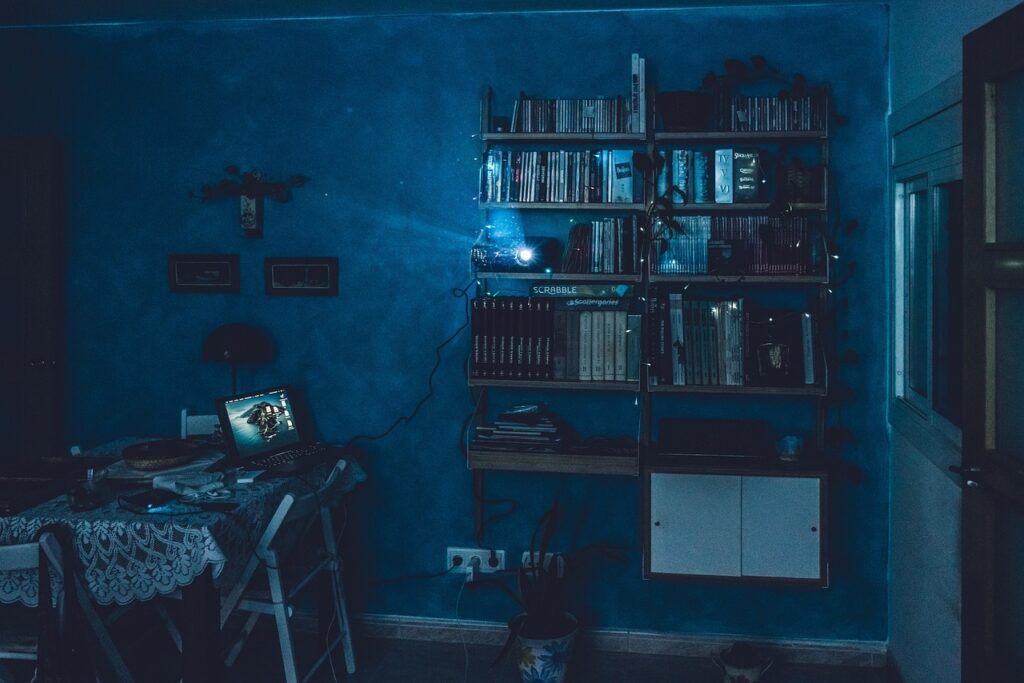
2. **Franchisitis – When Fandom Becomes Homework**The current superhero entertainment landscape increasingly transforms fandom into an arduous, homework-like obligation. Keeping pace with every new show, movie, and crossover within vast, interconnected universes demands significant commitment. Viewers are often expected to have consumed a lengthy list of “prior movies, spin-off shows, and streaming specials” simply to comprehend minor plot points. This extensive required viewing acts as a major deterrent for casual audiences.
Official viewing timelines vividly illustrate how “extensive and bloated” these cinematic universes have become. Fandom transcends mere enjoyment; it now necessitates “navigating release slates, rewatch orders, and lore recaps.” Even “die-hard fans” report taking “longer and longer to catch up on the expanding catalogue,” signaling a systemic fatigue that extends beyond individual films.
Unlike traditional comic readers who select narratives, cinematic universe fans often feel a “cultural obligation” to watch every installment. This pressure stems from fear of missing critical post-credit scenes or future continuity shifts. What should be leisure transforms into a stressful pursuit of completeness, ultimately draining excitement and making engagement feel like a burdensome chore.
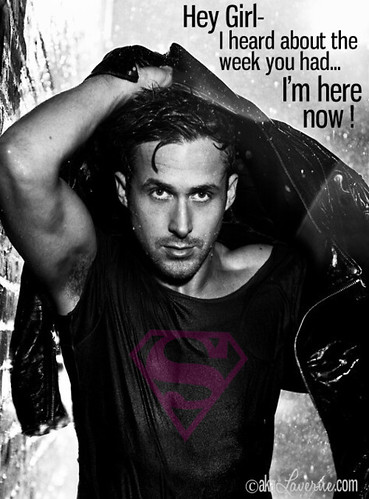
3. **Exit Thanos, Enter Employee Dissatisfaction and Cancel Culture**Beyond narrative tropes, the operational foundations of superhero blockbusters are visibly faltering, directly impacting the genre’s freshness. The demand for “big, CGI fight scenes and spectacle” necessitates enormous computer-generated imagery, leading to “near-insurmountable time crunches” for VFX artists. This pressure has generated “rising discontent” among graphic artists, evidenced by unionization efforts and boycotts over working conditions. Consequently, a “decline in CGI quality” has become apparent, linking production stress to diminished visual appeal.
Adding to these production challenges are numerous actor-related scandals. In an era of pervasive “cancel culture,” studios face immense pressure to cut ties with actors, even pivotal ones. While minor casting changes are manageable, issues involving a “next big bad to rival Thanos” can severely disrupt continuity and undermine audience investment. Such real-world frictions bleed into fantastical escapism, eroding the illusion of seamless creation.
These external pressures diminish the overall quality and emotional resonance of superhero films. When audiences are aware of substandard working conditions or public controversies, immersion becomes harder. The magic and purity of heroic narratives are compromised by behind-the-scenes struggles and celebrity drama, significantly contributing to widespread fatigue.

4. **Oversaturation, Duh!**One undeniable factor contributing to superhero fatigue is the sheer “oversaturation” of content. The numbers are revealing: merely keeping current with modern Marvel’s output demands “8,807 minutes (6 days) of viewing time,” excluding numerous other studio productions. With the multiverse’s continuous expansion and its “shenanigans,” total viewing time needed “could skyrocket even further,” creating an overwhelming content torrent.
While comic book fans traditionally navigate vast, ongoing series, the cinematic universe model imposes a different, more demanding obligation. There’s a distinct “cultural obligation” to consume every movie and show, driven by fear of missing critical plot points or crucial post-credit scenes. Unlike print readers, film fans are a “curious breed” often unwilling to risk confusion in future installments.
This unrelenting flow, combined with intricate interconnectedness, inevitably fosters exhaustion. Each new project feels less like a distinct event and more like another entry in an endless content spreadsheet. This quantity-over-quality approach ensures that even strong entries often get lost in the deluge. Audiences are simply overwhelmed, finding sustained engagement too high, thus significantly contributing to collective fatigue.
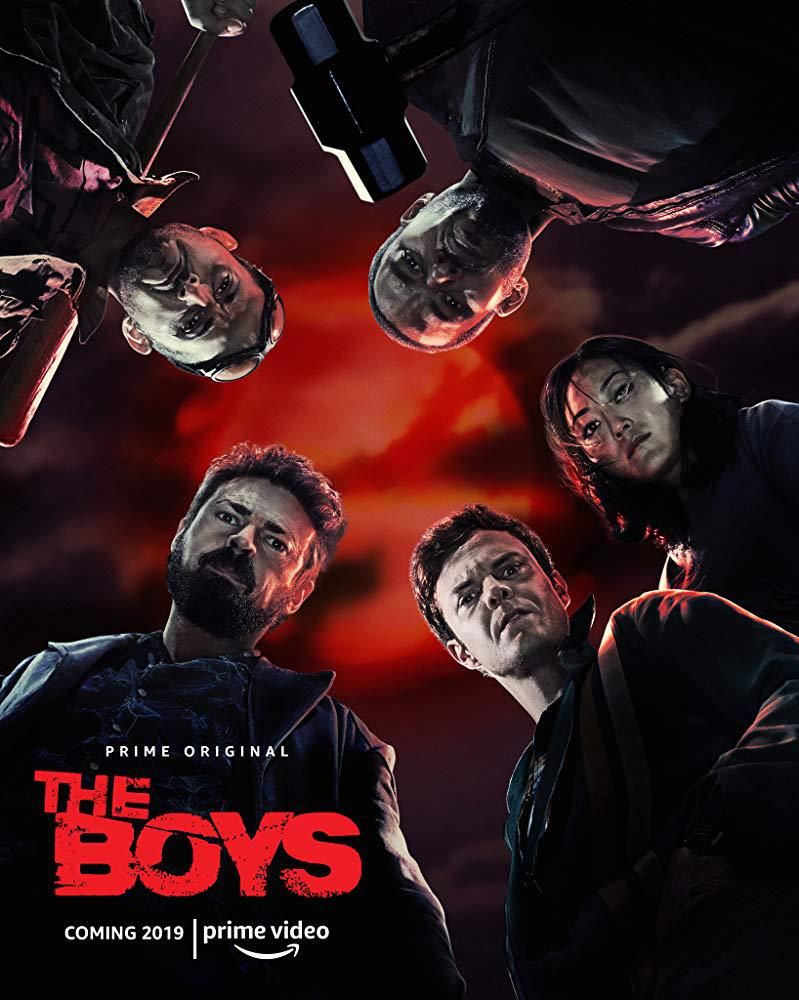
5. **Psychological & Social Change**Superhero fatigue transcends mere pop culture trends; it’s a potent reflection of deeper “psychological & social change” in our modern world. We exist in an era of “near-constant crisis”—climate catastrophe, political unrest, war, and pandemics—which have become our pervasive reality. Historically, superhero narratives offered a vital “release valve” for these pressures, presenting fantasies of control and justice. They functioned as “modern myths” of hope and resilience.
However, contemporary superhero stories often “mirror that chaos back at us.” The rise of “superhero satire,” exemplified by shows like “The Boys,” channels our “cultural despair into dystopian narratives where institutions are corrupt, heroes are complicit, and hope is a marketing slogan.” While this realism carries power, it is also inherently “exhausting, and frankly pretty depressing.” The constant portrayal of flawed, cynical heroes diminishes the aspirational quality that once defined the genre.
This fundamental shift indicates that audiences are less compelled by “supposedly timeless heroes” due to a “disillusionment brought about by our changing relationships with power, identity, and hope.” This fatigue is a “cultural burnout in disguise,” a symptom of broader societal weariness. We are not just tired of capes; we are tired of the world they reflect and the illusions they can no longer sustain, leaving us with “our capes half-dragging in the mud.”
Read more about: The Curated Canvas: A Luxurious Journey Through Madonna’s $100 Million Art Collection, from Cubist Legacies to Kahlo’s Poignant Self-Portraits
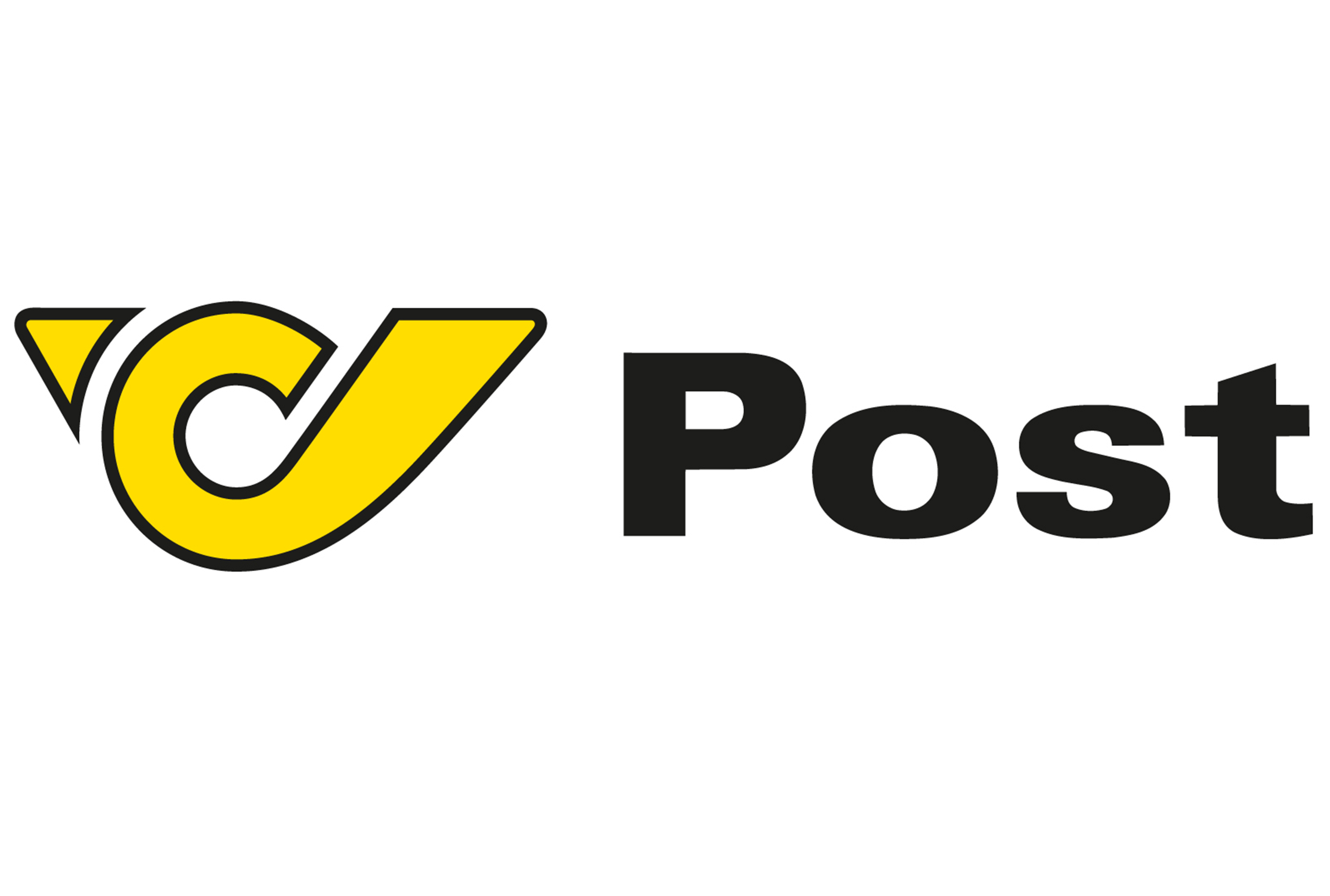
6. **The Post-Trust Culture: Paranoia and Loss of Innocence**A pivotal factor contributing to superhero fatigue is the emergence of a “post-trust culture,” characterized by pervasive paranoia and a profound loss of innocence. Superheroes, once “aspirational figures” embodying hope, are now frequently presented as “cautionary tales.” Characters like Homelander and Omni-Man have become “archetypes,” symbolizing a collective fear that “our protectors are our oppressors.” This distrust mirrors broader societal skepticism towards institutions, which have faced “massive public skepticism, if not outright collapse.”
In this environment, the traditional “superhero as saviour rings hollow.” Audiences struggle to suspend disbelief for “incorruptible paragons of hope” like Superman. Instead, a deep cynicism fosters a preference for “loners, outcasts, or downright antiheroic” figures. The shift from “Superman’s smiling morality” to “Peacemaker’s bloodstained redemption arc” or “Deadpool’s meta-critical commentary” clearly illustrates this cultural pivot.
The increasing popularity of “antiheroes and cynical, post-trust portrayals of metahumans” reflects a societal comfort with nuance over clear-cut goodness. When “great power comes not responsibility but great narcissism, mental instability, and corruption,” the genre’s foundational promise of triumph and moral clarity is shattered. This leaves audiences less inspired and more cynical, exacerbating fatigue as the genre grapples with reconciling its optimistic roots with a world that no longer readily believes in unblemished heroism.
The initial symptoms of superhero fatigue, as we’ve seen, are deeply rooted in the industry’s own practices and the shifting societal lens. However, the weariness extends even further, touching upon fundamental aspects of our modern psychological landscape. It’s a burnout that’s been festering, now erupting across all genres and timelines, reflecting a profound cultural exhaustion that goes beyond capes and catchphrases.

7. **Desensitisation and Dopamine Burnout**The relentless pace of superhero media, much like our wider attention economy, mirrors the hyper-connected, often overwhelming nature of modern digital life. Platforms such as TikTok, Instagram Reels, and YouTube Shorts are expertly engineered to deliver rapid dopamine spikes with every swipe. This constant, hyper-intermittent feedback actively rewires our attention spans, progressively numbing our emotional responsiveness to content. We are, in essence, training our brains to prioritize novelty over true depth and spectacle over meaningful storytelling.
This pervasive overstimulation inevitably bleeds into how we interact with superhero narratives. Audiences now often anticipate instant gratification, losing patience quickly during moments of quiet reflection or gradual character development. The ability to feel genuine awe, once a cornerstone of cinematic spectacle, has been dulled by this incessant stream of micro-entertainment. Epic showdowns, even when technically brilliant, can fall flat not due to poor execution, but because our intrinsic capacity for wonder has been eroded.
It’s a critical observation: the exhaustion we feel isn’t necessarily because the stories themselves are too small or insignificant. Instead, the profound fatigue stems from the unrelenting noise and the constant demand for attention that never seems to cease. This continuous mental bombardment makes sustained, deep engagement increasingly difficult, contributing significantly to the feeling of having “seen it all.”
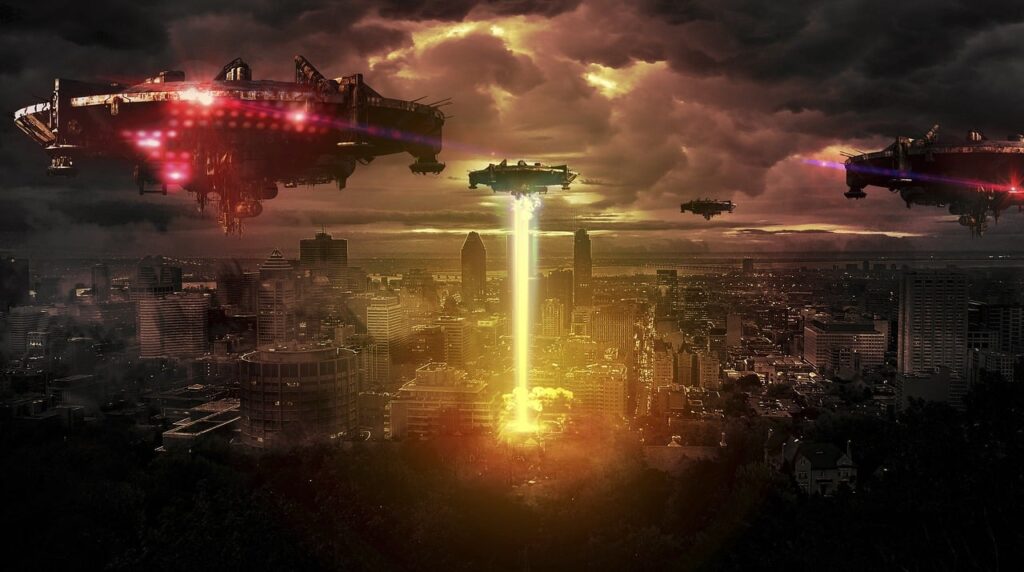
8. **Lack of Collective Optimism**At its core, the superhero genre has always been about belief – belief in inherent goodness, in the possibility of redemption, and in the transformative power of an individual to instigate change. These narratives once offered a vital source of hope and aspiration, especially during times of uncertainty. Yet, in our contemporary world, which feels increasingly fractured and beset by global crises, the very idea of a single person saving the day can often feel not merely quaint, but frankly, insulting.
We live in an era defined by war, ecological collapse, widespread protests, and persistent economic precariousness. Against this backdrop, the traditional superhero archetype struggles to maintain its relevance, sometimes appearing disconnected from the harsh realities many face. This disillusionment signals a shift in our collective psychology, where the grand narratives of triumph and clear-cut morality no longer resonate as strongly.
Intriguingly, upcoming projects are beginning to address this head-on. James Gunn’s vision for Superman, for instance, aims to tackle how this iconic archetype can remain pertinent in a world overwhelmed by chaos, political strife, and military agendas. This iteration of Superman, specifically, is portrayed as caring little for technicalities, national borders, or trade wars, focusing instead on saving lives—a stance that, within the narrative, sparks considerable upset among the populace, reflecting real-world anxieties about authority and global intervention.
The success of this approach hinges on its execution, as it holds the potential to be a significant leap forward for superhero cinema. By mirroring current affairs and societal perceptions of authority, these films can become more reflective of the world we inhabit. Such storytelling might just allow the genre to reconnect with audiences by acknowledging their pervasive weariness, rather than offering simplistic escapism.
**How to Cure Superhero Fatigue: A Cultural Prescription**
Superhero stories, at their very best, function as modern myths. Like all myths, they possess an inherent capacity to evolve, to adapt, and to reflect the ever-changing tapestry of human experience. They can embrace diverse identities, delve into new genres, and explore complex themes that extend far beyond their traditional confines. What they can no longer afford to be, however, is a one-size-fits-all solution, endlessly churning out variations of the same formula.
Fortunately, studios are increasingly recognizing these deep-seated issues and are taking discernible steps toward remediation. Marvel Studios, for instance, has committed to reducing its annual content output, a positive signal that has already shown promise in fostering tighter, more unique installments. Concurrently, DC has undergone a dramatic creative reorganization under James Gunn’s leadership, promising an era where its characters might finally be allowed to breathe anew, enabling comic book movies to feel more authentically like their source material rather than mere copy-paste action flicks.
Yet, these studio-level adjustments, while welcome, are only part of the solution. If superhero fatigue is indeed a symptom of broader cultural burnout, then the remedy requires more than just refined editing or fewer spin-offs. We are in dire need of innovative storytelling forms—or perhaps, a creative reimagining of older ones—that possess the power to genuinely surprise, nourish, and challenge us. The following suggestions are offered not as mandates, but as carefully considered prescriptions from a lifelong fan, tendered with a genuine love for the genre.
Read more about: Where Are They Hiding? 14 Powerful Concepts Who Vanished From The Auto Show — And If They’ll Ever Be Built Now
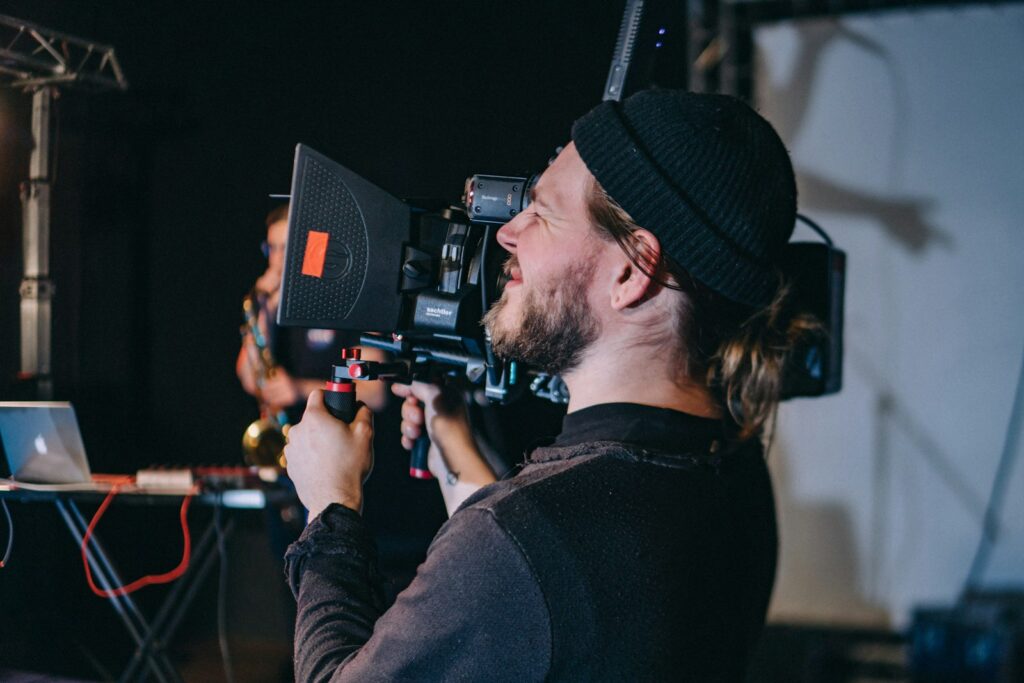
9. **Diversity of Structure and Storytelling**The path to reinvigorating audience engagement isn’t necessarily paved with endless plot twists or a rotating cast of directors. What truly matters is allowing films the freedom to genuinely surprise us once again – not through fleeting cameos or predictable franchise connections, but through fundamental shifts in tone, pace, thematic depth, unique settings, and original narrative construction. This means moving beyond the familiar frameworks that have become so pervasive.
Consider the recent *Thunderbolts**, for example. While enjoyable, from the moment a character like Bob seemingly goes “dark mode,” the narrative trajectory instantly becomes transparent. Audiences can almost instinctively predict the inevitable “redemptive group hug” and the “power-of-friendship climax” that will follow. This predictability, while comforting to some, actively works against the element of surprise and genuine emotional investment that can elevate a story.
Imagine, instead, a narrative that dedicates more time to truly exploring the internal worlds of each team member, delving into their individual “voids.” Such an approach would enable the film to plunge deeper into its psychological core, allowing each character to confront their personal guilt, grief, and rage in a more nuanced and impactful way. The cinematography could then become an active storyteller, visually peeling back layers of darkness through their experiences, much like torn paper, as they battle fragments of their past.
This method would achieve multiple goals simultaneously. It would still provide elements of surprise, perhaps even unexpected changes in setting, all while delivering a profoundly compelling story. By prioritizing structural and thematic innovation, filmmakers can cultivate narratives that resonate on a deeper level, offering audiences unexpected journeys rather than merely ticking off expected plot points.
Read more about: Unveiling the Past: Why Local History Tours Are Captivating a New Generation of Travelers

10. **Character Studies: Deeper, Not Bigger**When the sprawling universes and grand spectacles begin to falter, the most potent solution often lies in stripping a superhero narrative down to its barest emotional bones, or, as it were, meticulously exposing the costume’s emotional seams. A prime example of this powerful approach is 2017’s *Logan*. Though initially intended as Hugh Jackman’s final portrayal of Wolverine, it stood as a testament to character-driven storytelling, even amidst the backdrop of a dystopian western.
*Logan* resonated with audiences precisely because it courageously embraced honesty. It delved into profound themes of mortality, the weight of legacy, and the bitter sting of regret, presenting a superhero story devoid of the usual bombastic language. The film achieved a rare feat: it truly felt like the definitive end of an era, treating Wolverine not as an indestructible action figure, but as a man grappling with the harsh reality of having outlived his own mythology, seemingly with nothing left to live for.
This approach offers a crucial lesson for the genre. Instead of merely churning out endless “content calendars” driven by release dates and interconnected plots, studios should prioritize crafting compelling character arcs. Let the supposedly invincible gods of these stories be fragile. Allow them the space to bleed, to weep, and, yes, to die with grace, finding a true and meaningful rest. Such narratives foster a deeper, more enduring connection with audiences, reminding us of the human element beneath the heroics.
Read more about: Mastering the Mechanics of Belief: 14 Enduring Models of ‘Cults’ Worth Understanding for Tomorrow’s World
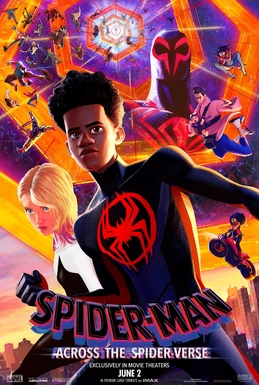
11. **Bring On The Eye Candy**One of the most disheartening trends permeating the superhero genre has been the subtle, yet pervasive, “creeping realism” in its production design. We frequently encounter bland grey skylines, sterile laboratory environments, generic military bases, and even ubiquitous smartphones and Zoom calls. The pertinent question arises: do our superheroes truly need to inhabit the exact same flat, often mundane world that we, as audiences, are desperately trying to escape for a few hours?
This visual stagnation stands in stark contrast to the vibrant, imaginative potential inherent in comic book source material. Consider the breathtaking visual language of the animated *Spider-Verse* films. They are kinetic, multi-layered, and positively bursting with visual metaphor and iconic comic book aesthetics, offering a feast for the eyes. Similarly, *X-Men ’97* masterfully preserves the profound emotional resonance of its original series while boldly pushing its stylistic boundaries into something sharply contemporary and visually innovative.
Even animated ventures like *What If…?*, particularly when they bravely embrace the bizarre, vividly demonstrate how animation can liberate superhero narratives. It frees them from the constricting limitations of budget, the availability of live-action actors, or even the strictures of plausibility. These examples prove that visual innovation is not merely about style for style’s sake; it’s a powerful communicative tool for conveying tone, reinforcing themes, and igniting the imagination.
Ultimately, we don’t need larger-than-life actors or even bigger green screens to cure visual fatigue. What is truly needed is superior art direction and an unwavering commitment to translating the rich, diverse visual language of comics into cinematic form. Giving audiences permission to re-engage visually, through bold and creative aesthetics, can rekindle the magic that has, for many, become diluted.
Read more about: Your Ultimate Guide to Keeping Your Car Pristine in Retirement: Expert Tips for a Spotless Ride
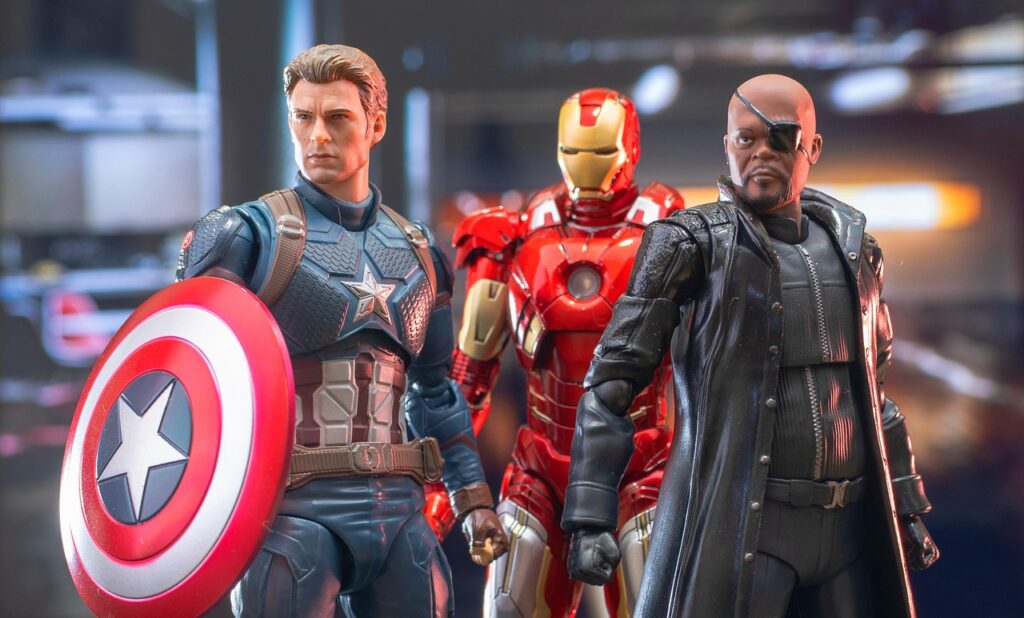
12. **Elseworlds and Status Quo Changes**The interconnected universe model, once hailed as a groundbreaking innovation, has now largely settled into its “aftershock.” While initially a thrilling concept that offered a sense of continuity and grand narrative ambition, its relentless expansion has arguably become a significant contributor to the current superhero fatigue. The paradigm has shifted, and a new approach is clearly needed to revitalize the genre.
Encouragingly, there are positive shifts on the horizon. Marvel’s recent decision to reduce its annual output is a commendable step towards preventing content oversaturation, allowing each project more room to breathe and potentially enhancing its quality. Parallel to this, DC’s dramatic creative reorganization under James Gunn signals a promising new era, one that aims to grant its characters greater autonomy and allow comic book movies to genuinely feel like comic books, rather than indistinguishable action flicks.
However, these crucial studio pivots alone will not entirely alleviate the deeper cultural fatigue. If superhero fatigue is a symptom of a broader societal burnout, then the prescription demands more than just tighter editing or a reduced number of spin-offs. We are in urgent need of novel forms of storytelling—or, perhaps, the imaginative re-envisioning of ancient narrative structures—that possess the power to truly surprise, deeply nourish, and genuinely challenge us.
Superheroes, in their purest and most impactful form, are modern myths. And myths, by their very nature, are designed to evolve. They can embody queer identities, explore themes of disability, resonate with diasporic experiences, delve into neurodivergent perspectives, and draw from Indigenous storytelling. They are capable of exploring a vast spectrum of genres—from horror and romance to incisive satire, intimate family drama, and even magical realism. The critical understanding is that these stories can no longer be confined to a “one-size-fits-all” mold. Embracing this narrative flexibility is essential for a sustainable and exciting future for the genre.
The widespread feeling of “seen it all” isn’t a death knell for the superhero genre, but rather a profound call for evolution. It’s an invitation to rediscover the power of myth, to embrace genuine creativity, and to tell stories that not only entertain but also resonate with the complex realities of our modern world. The path forward demands bravery – the courage to diverge from established formulas, to prioritize depth over endless expansion, and to allow our heroes, and our audiences, to truly feel something new again. The potential for revitalization is immense, but it lies in innovation, not replication.



